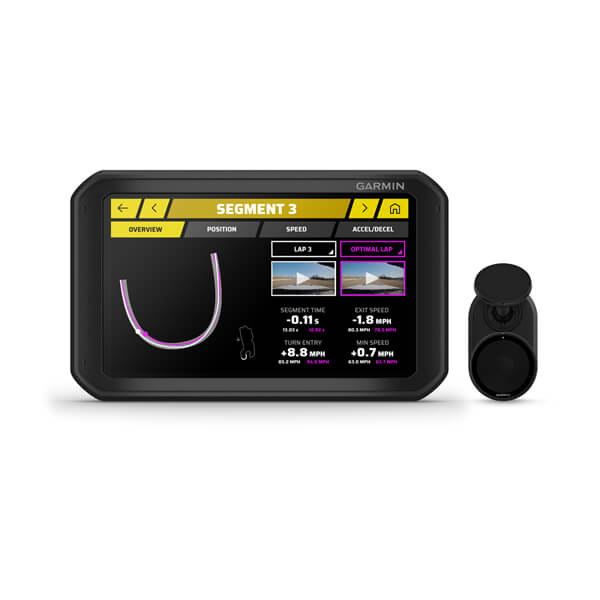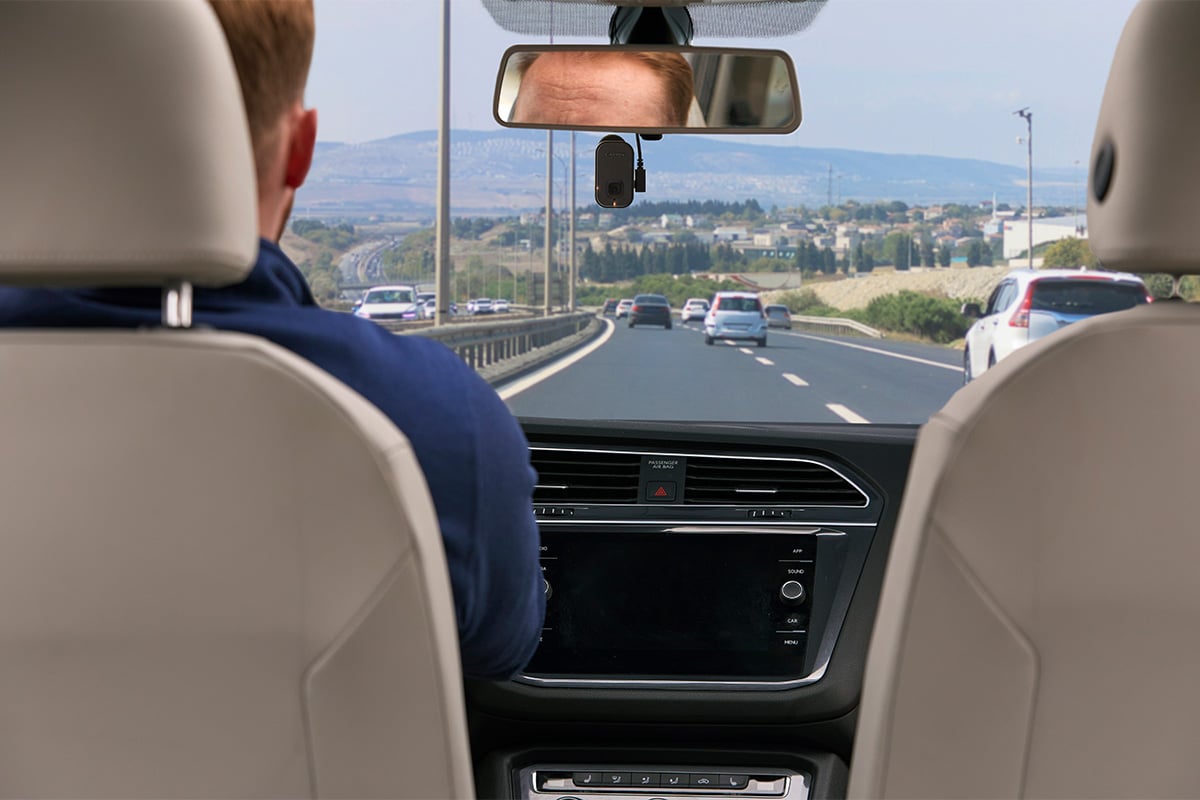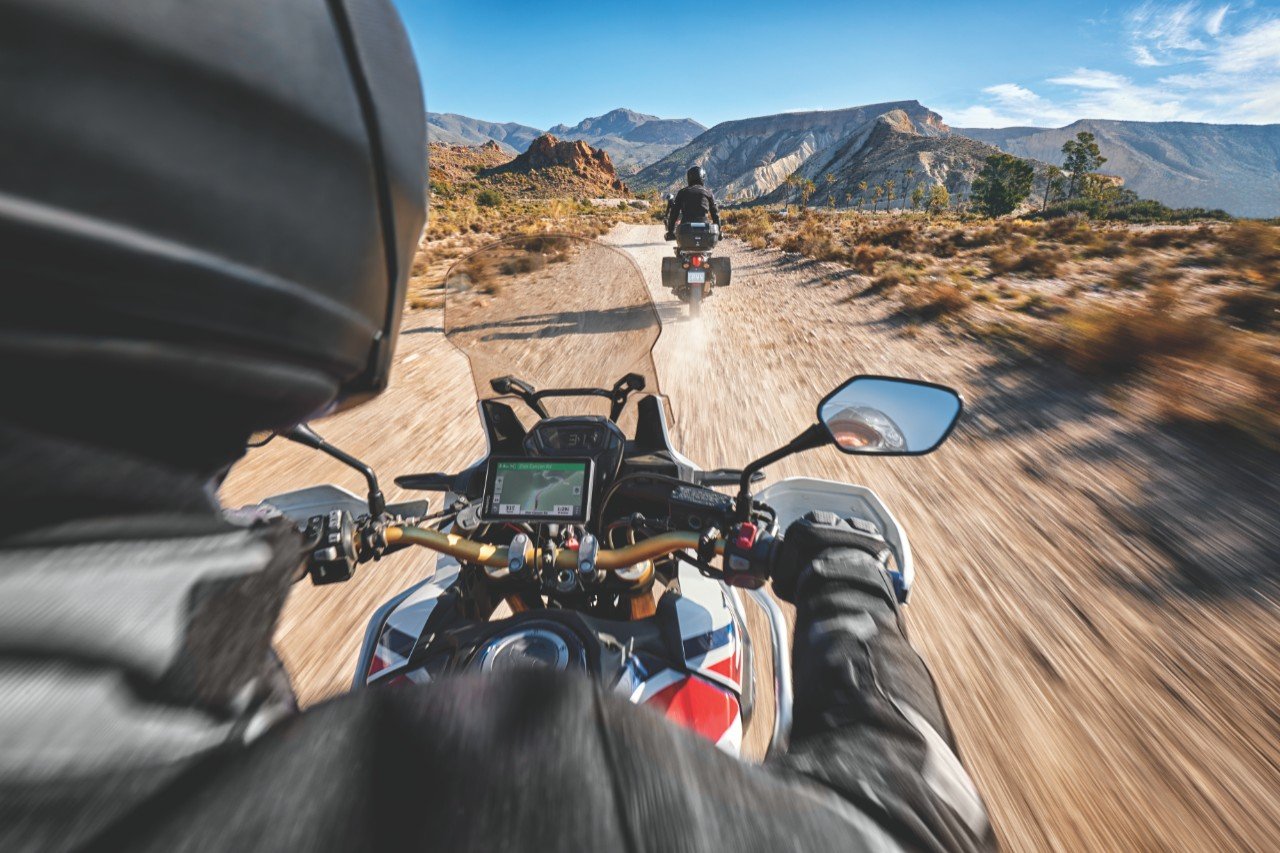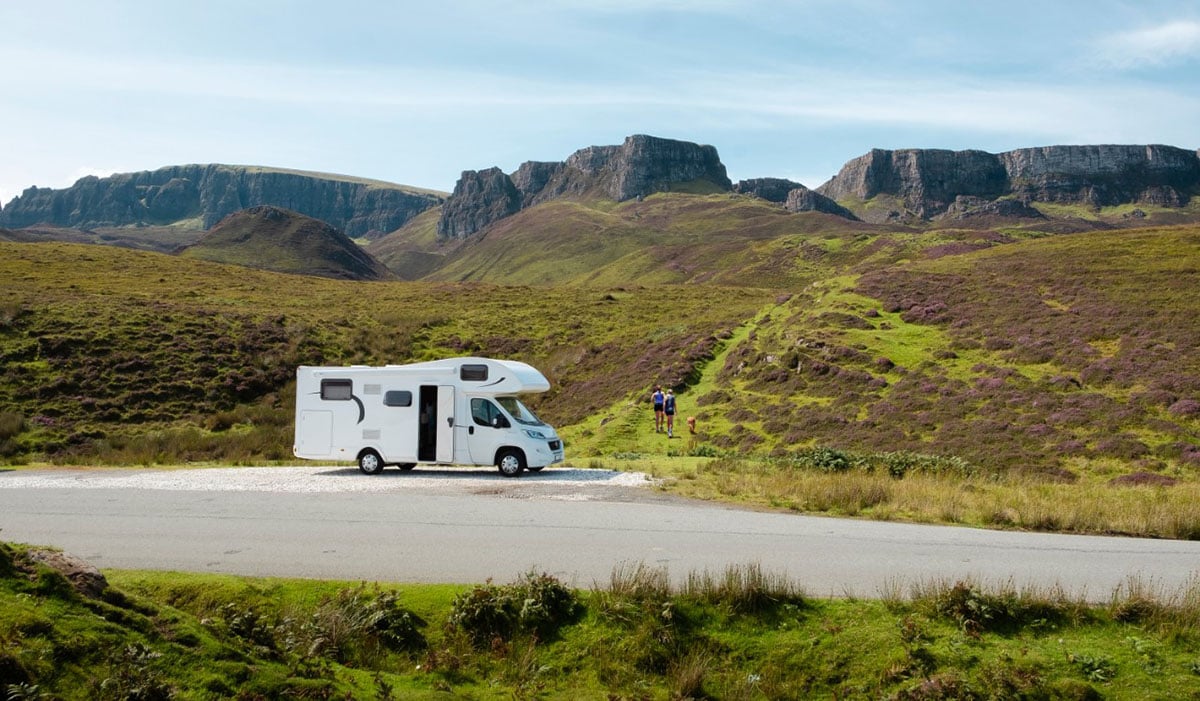
10 Tips for Getting the Most Out of Your Track Day
By Ross Bentley
When it comes to motorsports, Ross Bentley, a Garmin consultant, knows his stuff. A former pro race driver himself, Bentley holds titles, including the 1998 U.S. Road Racing Champ and the 2003 24 Hours of Daytona winner, and now he spends his time coaching drivers at all experience levels in an effort to help them chase down that perfect lap. Today, Bentley extends some of that coaching to Garmin readers.
A good day of driving on a racetrack beats the best day anywhere else — and even a bad day at the track blows everything else away. Luckily, it doesn’t take much to turn that bad day into a good day, and even make a good day a great day. Let’s look at 10 things you can do to make the best of your day driving on track.
- Be prepared with your car. About the only thing that can make a day at the track a bad one is to have problems with your car, so do everything you can to make sure it’s prepared. By prepared, I don’t mean that it’s modified and tuned to make it faster. What I mean is: first, make it safe; second, make it reliable; and then you can think about making it faster. In terms of safety, the obvious things to check are your tires and brakes, making sure they’re in good condition and ready for the demands the track puts on them. What looks like a tire with lots of life in it may only last a couple of 30-minute sessions on track, and brakes can take even more of a beating. Ideally, you should start your track day with at least 75% wear available on your tires and brakes. And definitely ensure that the brake fluid has been flushed and bled with fresh, high-performance (temperature) fluid. Beyond your tires and brakes, check to make sure that all suspension components are solid and safe, the battery is well-anchored and wheel nuts are torqued tight. Oh, and add at least 6 psi more pressure to your tires.
- Be prepared with your knowledge. Every minute of driving on a racetrack costs money — sometimes a lot of money per lap. So you want to make the most of every second you spend on track. Doing some homework beforehand will make your experience much more fun and productive. You want to learn as much about the art and science of high-performance driving as you can before you get behind the wheel on track, and you can do that by reading books, watching videos, and taking different forms of online and in-person training courses. Spending $20 or $80 on additional knowledge will make every lap on track a better learning experience.
- Be prepared with your mind. Your attitude and approach to your time on track will make a huge difference in terms of the amount of fun you have, not to mention your safety. The one thing that separates the best drivers from the rest is their passion and drive to constantly learn and improve. So why shouldn’t you have the same mindset and make learning your objective? A funny thing happens when you focus on learning: you improve. And when you improve, you drive faster and have even more fun. Rather than focusing on how fast you can drive — on your lap time — focus on improving your skills and techniques and on learning.
- Get instruction/coaching. The best athletes and performers in the world all have one thing in common: They have people helping them do their jobs better. Race drivers are no exception, and you shouldn’t be either. Whenever and wherever you can, have an instructor or coach (those are two different disciplines) work with you. Most drivers will tell you that one day with a good coach helped them improve more than a year of driving on track without any help.
- Have a plan. Every time you go on track, you should have a plan for how to work on your driving technique. The more detailed you make your plan, the better. For example, rather than saying you’re going to drive smoother in the next session, break it down to something like, “I’m going to be smoother with the way I ease my foot off the brake pedal when I enter Turn 1.” “Drive smoother” is just too big a task to actually implement; breaking it down into one specific area of the track and one specific technique will result in you actually doing it.
- Focus on no more than three things. As part of your plan, keep it to just three things, and no more than that. If you identify and try to do five different things, your mind will be overloaded, and you’re likely to not do more than one of them. But our minds (even when inside a helmet!) are usually capable of handling three things. Prioritize what you want to improve with your driving and then take on those three things only.
- Make notes on a track map. A simple thing to do that will make your on-track experience faster, safer and more fun is to use a printed track map to make notes on. After each on-track session, write down the various references you use to help you find your line around the track — your braking points, where you turn in for corners, apexes and track-out points. Add in notes about the track itself — bumps and cracks in the surface that help you identify whether you’re positioned in the right place or not, elevation and camber/banking changes in the track and where the track has more or less grip. Then write down what you’re going to work on to improve your driving in the next session. The act of writing it down means it’s more likely you’ll do what you want to do. (You can download a hundred different track maps for free at https://speedsecrets.com/trackmaps/.)
- Work on the basics. The best drivers in the world don’t do anything super tricky or advanced. Some drivers mistakenly chase the fabled “secret advanced techniques,” but the real trick is to simply do the basics better than everyone else. The basics are using your vision properly (looking further ahead, focusing where you want to go and using your peripheral vision to help your awareness), braking, cornering and accelerating. Of course, the subtleties of combining all of those techniques are never-ending. It’s why drivers spend decades chasing that one “perfect lap.”
- Let the speed come to you. When you try to force driving fast, it rarely happens. And often, it turns into an off-track excursion that costs a lot. When you focus on driving smoothly, speed naturally comes to you. Listen to an instructor, work on fine-tuning your driving technique, look far ahead and drive smoothly … you’ll be pleasantly surprised at how fast you are.
- Use the best tools you can. This applies to safety equipment, as well as things like data systems and timing devices. As the old saying goes, “If you have a five-dollar head, buy a five-dollar helmet.” Don’t scrimp on safety equipment. Sure, the sport of high-performance and race driving has gotten much safer through the years; a big part of the reason is better safety equipment. The same applies to the use of technology. It used to be that you practically needed a degree in computer science to use data systems, but today there are products like the Garmin Catalyst™* that are as simple to use as a smartphone. And it will speed up your development as a driver faster than almost anything else.
P.S. If you’re relatively new to participating in high performance driver education and track day events, you can download an eBook that will help you be far more prepared at https://hpde-1st-timer.com. And it’s free!
*Warning: This device is intended only for recreational use in a circuit environment. Never use this device on public roadways. Failure to follow this warning may result in an accident causing property damage, serious personal injury, or death. You are responsible for using this device in a safe and prudent manner.





